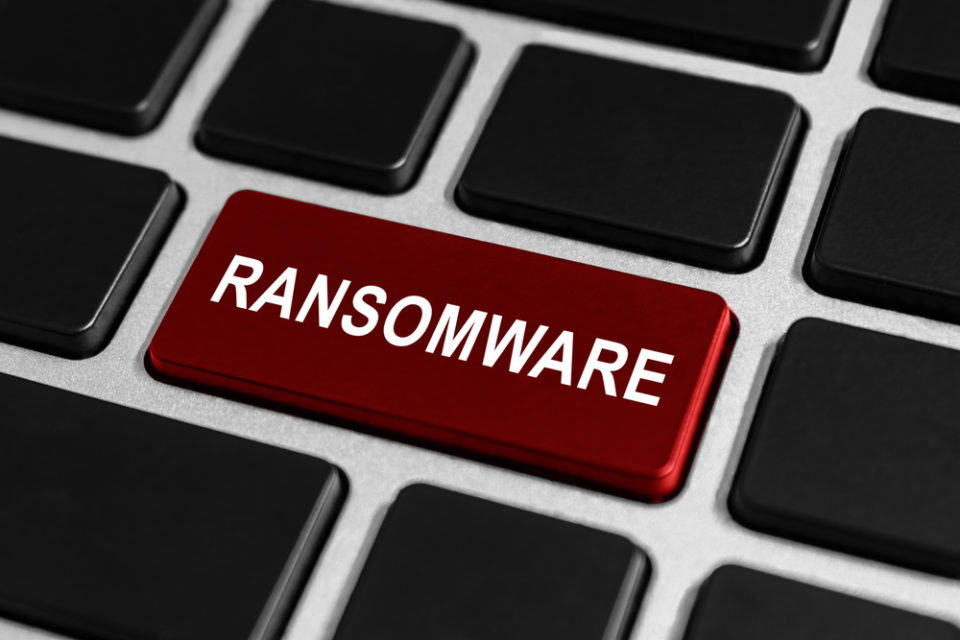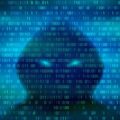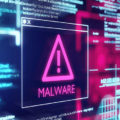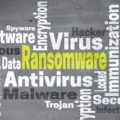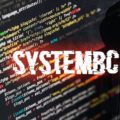We’ve all had to boot into safe mode on our PCs at some point and you would assume it’s a safe environment. But the Snatch malware is proving otherwise.
Safe mode is a configuration mode that you can request your PC to boot into at startup. In safe mode, your PC will only execute essential applications. The functions of your PC will be limited, but it’s the perfect environment for fixing problems and removing various forms of malware. But it appears that Snatch is a brand of malware which can thrive in safe mode.
Snatch is a multi-factor threat which can cause real damage to your business, so it’s a slice of malware that you need to be protecting yourself against. To give you a head start, we’ve put together a quick lowdown on Snatch.
What is Snatch?
Snatch is a newly discovered malware variant which contains two key threats: a ransomware function and the ability to log and steal user data. It’s not the first piece of malware to come loaded with these threats, but its infection strategies are unique. Using brute force attacks, Snatch is targeting the PCs of various organizations. So far, this sounds far from unusual as brute force attacks are a fairly conventional form of hacking. But Snatch has a unique strategy.
Following the initial infection, Snatch forces the PC to reboot. And it’s at this point that Snatch informs the PC to boot into safe mode. It’s believed that this unusual, yet clever, step is initiated in order to avoid anti-virus software which is often disabled in safe mode. From here it can execute its malicious payload. Snatch will then begin encrypting files and demanding ransoms that have been as high as $35,000. There is also evidence that surveillance threats are present in Snatch, so data harvesting is likely to start once the infection is unleashed.
Protecting Yourself from Snatch
The Snatch malware has the capability to cause extensive damage to your organization in terms of both finances and credibility. It’s also disturbingly efficient as it deletes any volume shadow copies of the files it encrypts. By deleting these volume shadow copies, Snatch is ensuring that it’s impossible to restore the encrypted files. Therefore, it’s crucial that you protect your PCs from Snatch by:
- Protecting the RDP: Snatch carries out its initial brute force attack against the remote desktop protocol (RDP) which is used to connect remote users to networks. Therefore, it’s essential that your organization’s RDP is not exposed to the internet. With the RDP protected from external parties you should be able to thwart Snatch.
- Practice Good IT Security: The backbone of any secure network is based upon the actions of those using it. And this is why it’s important that all your users understand the basics of IT security. By embracing these practices it’s possible to keep your PCs protected from the majority of majority of malware.
For more ways to secure and optimize your business technology, contact your local IT professionals.





